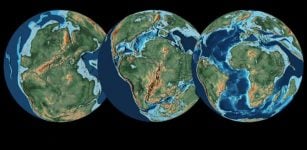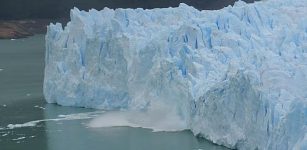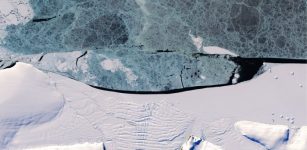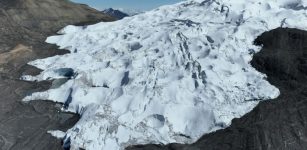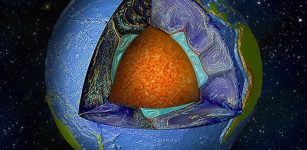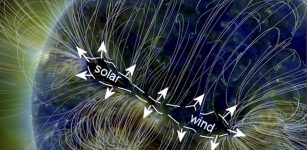New Light On The Mysterious Tunguska Explosion – Lake Cheko Is Much Older Than Previously Thought
MessageToEagle.com – The Tunguska explosion is a remarkable event that took place on June 30, 1908.
A huge blast occurred in the area of the Podkamennaya Tunguska River, located in Central Siberia and approximately 620 miles north of the town of Irkutsk and Lake Baikal.
The blast was extremely powerful. It had the explosive force of a 15-megaton nuclear weapon, shattering windows hundreds of miles away and lighting up the skies of the Northern hemisphere for days afterwards.
With 1,000 times more power than the Hiroshima bomb, the exploding object flattened trees over an area roughly the size of Tokyo.
“There was a bang in the sky and a mighty crash. The crash was followed by a noise like stones falling from the sky, or of guns firing. The earth trembled,” said a native Siberian some 40 miles from the epicentre.
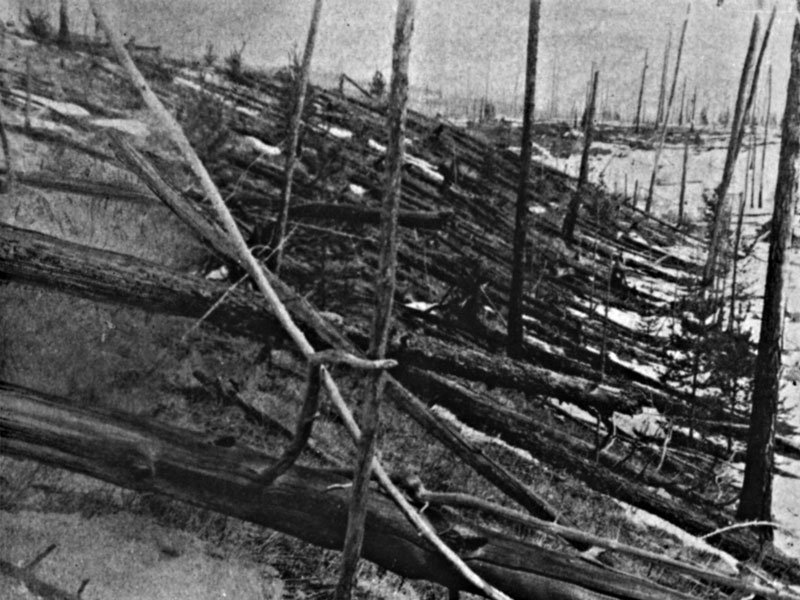
Credit: Leonid Kulik Expedition
What caused the Tunguska explosion has been debated for years. Several scientists from Russia and abroad have proposed many plausible explanations for the phenomenon, yet none of them have proven to be 100% true.
Since there were very few witnesses, no fragments and no impact crater, the identity of the object remains a mystery until this day. However, according to the most accepted theory an asteroid or comet exploded as it entered Earth’s atmosphere.
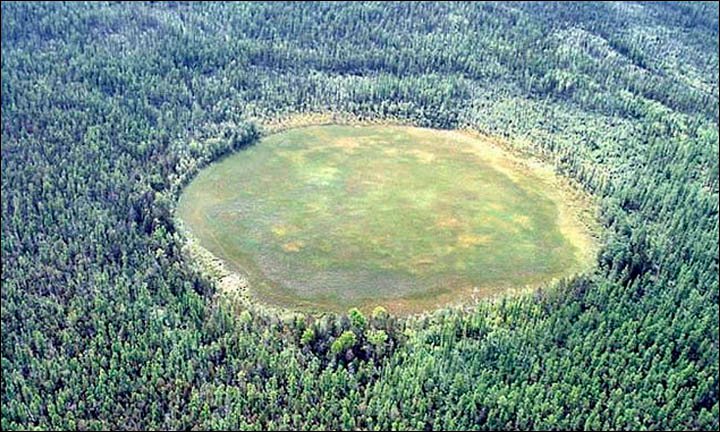
Extraterrestrial rocks from the object that exploded over Tunguska have been discovered and scientists proposed the rocks could be meteorites.
A group of scientists from the University of Bologna in Italy have proposed a theory suggesting the beautiful blue Lake Cheko formed as a result of the Tunguska explosion.
Lake Cheko is located some 8 km (5 miles) from the supposed ground zero of the Tungiska Event. Interestingly, the lake had not been marked on maps prior to the 1908 event Lake Cheko is also deeper than other lakes in the region which makes it even more interesting.
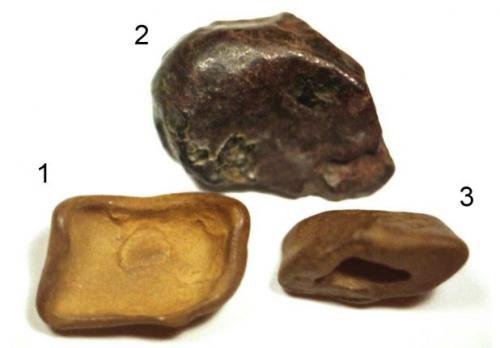
Led by Professor Giuseppe Longo, the research team started to investigate the area a decade ago and pointed to small bowl-shaped 500-metre diameter Lake Cheko as the impact crater.
The Italian team’s seismic measurements of its bottom indicated sediment had been building for around a century. Researcher concluded that dense stony matter lies beneath the lake’s floor and is the ‘remnant’ of the exploding meteorite.
See also:
Extraterrestrial Rocks From Object That Exploded Over Tunguska Discovered – Scientist Says
Lake Baikal Is The Deepest And Oldest Lake In The World
The Italian theory based on the pattern of tree destruction is that two bodies entered the atmosphere. One exploded about five miles above ground, and the other hit the Earth forming Lake Cheko.
They reported that seismic reflection and magnetic data revealed an anomaly close to the lake’s center, less than 10 meters below the floor. This anomaly was compatible with the presence of a buried stony object and supports the notion Cheko is an impact crater lake, they concluded.
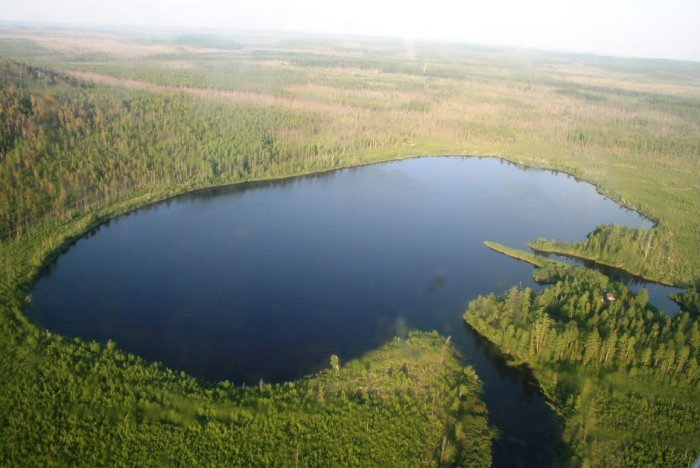
Now, a group of Russian scientists say the Italians results are flawed. Lake Cheko is much older than previously thought, Russian researchers from Krasnoyarsk and Novosibirsk assessed the age by analyzing the its bottom sediments, undertaking geochemical and biochemical analysis.
Analysis from the deepest sample of Lake Cheko is years old, which means that the lake dates back hundreds of years before the Tunguska event.
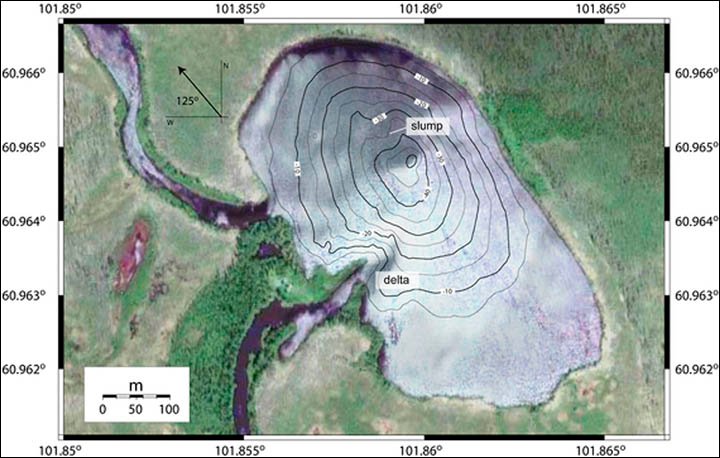
So geologically the lake appears young: but not young enough to be a crater lake caused by Tunguska.
“Besides, there are other deep, practically round lakes in the Tunguska reserve, which look like Lake Cheko and probably have the same geological origin,” said a statement from the expedition center of the Russian Geographical Society in the Siberian Federal District.
Russian researchers also say the lake is not on any map because this area was badly mapped and there is nothing surprising about Lake Cheko not appearing on old maps.
Full details of the Russian research are expected in scientific publications in July this year.
MessageToEagle.com
Expand for references


